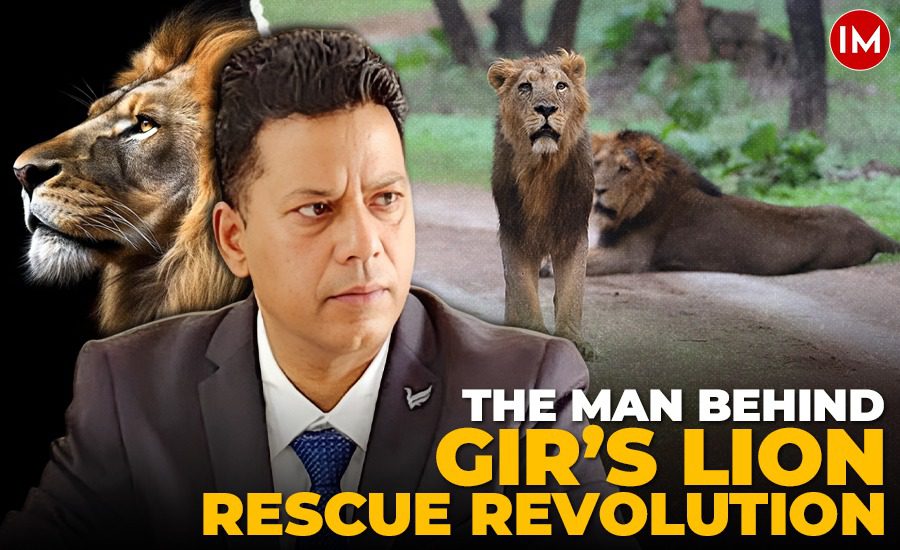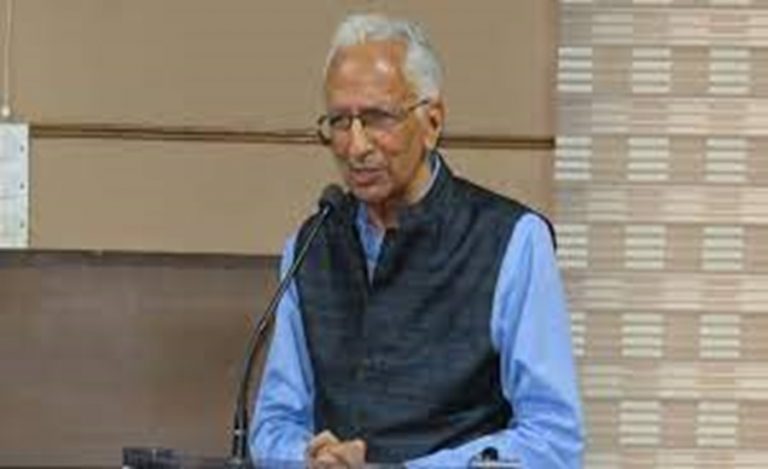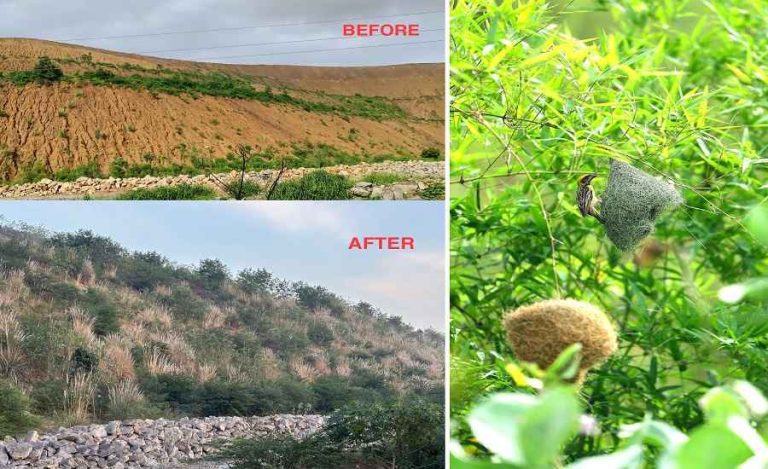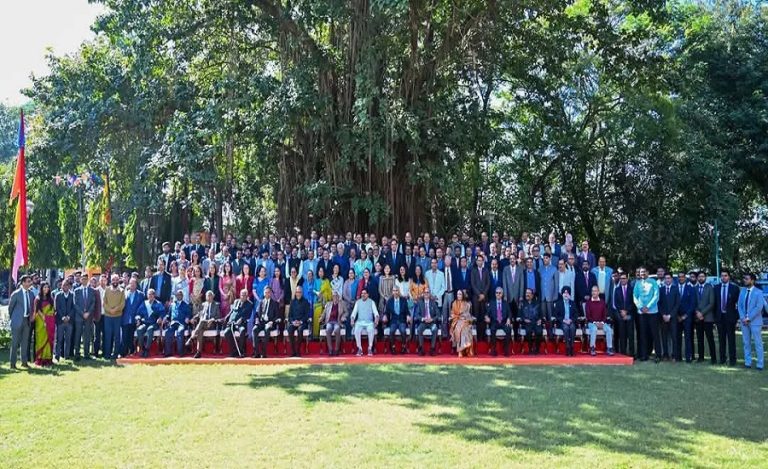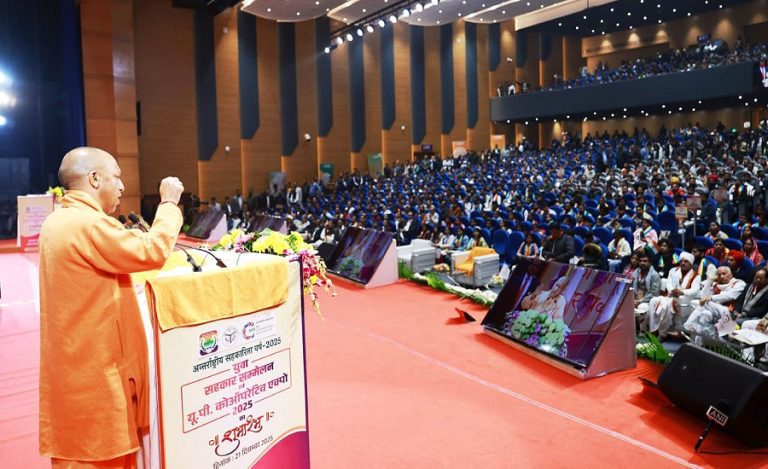When Sandeep Kumar, a 2005-batch Indian Forest Service officer, stepped into Gir Forest as Divisional Forest Officer after his training, he knew he was walking into one of the most challenging and rewarding landscapes of Indian wildlife. Gir was not just about forests; it was home to the world’s only surviving population of the Asiatic Lion, a species balancing survival between protected jungles and human-dominated fields.
“It was a place of opportunities. Gir gave me the chance to work on every aspect of lion conservation, from rescue and treatment to conflict management and involving people in protecting the species,” he shared in an exclusive conversation with Indian Masterminds.
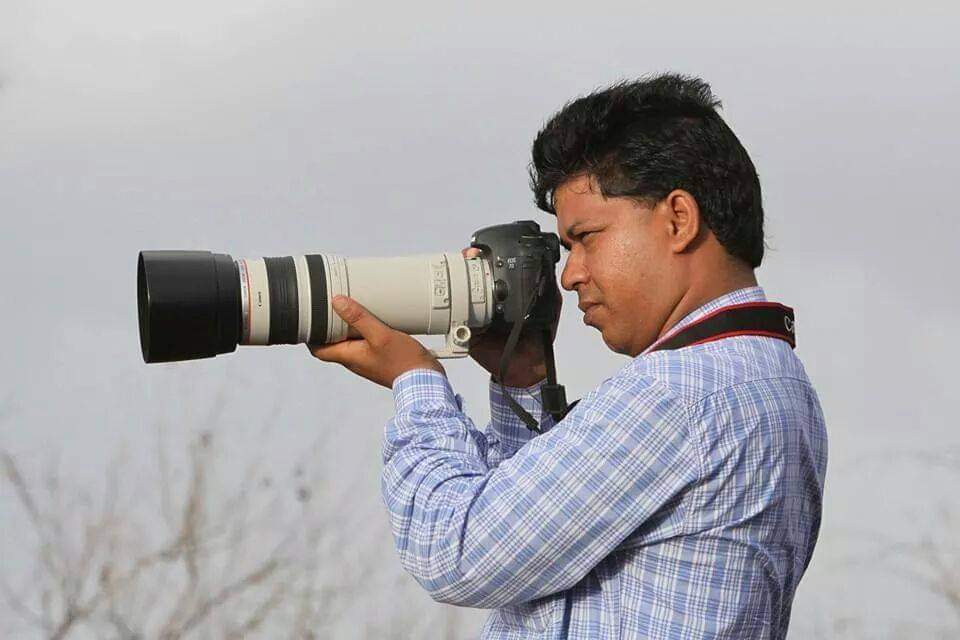
THE RESCUE REVOLUTION
Back then, a single animal hospital served nearly 20,000 square kilometres of lion territory. Lions that fell into open wells, got injured in accidents, or strayed into villages often faced delays in treatment. Sandeep and his team worked to change this system completely.

Over the years, they expanded to 8–9 animal hospitals, spread across the landscape, ensuring immediate response to emergencies. Even more importantly, they decentralised the rescue and rehabilitation programme, creating a network that could act within hours.
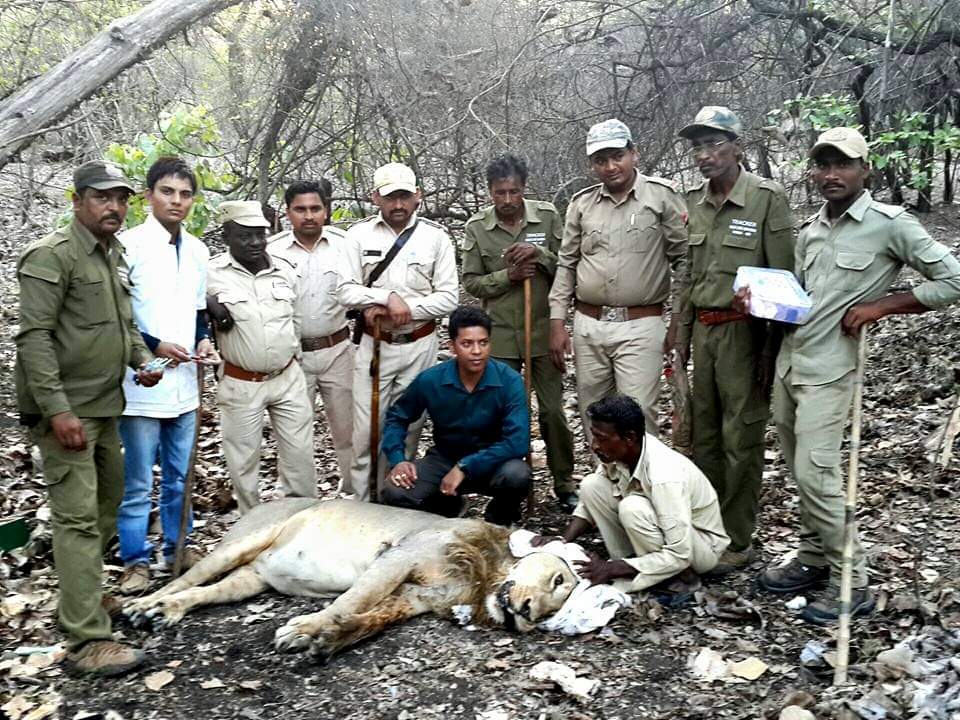
This mattered because lions were no longer confined to Gir’s protected core. More than 90% of the population was already living outside, amidst agricultural and revenue lands. The risk of conflict was growing every day. The decentralised approach turned the tide.
“When a lion or leopard falls into a well, or strays into someone’s courtyard, stress builds up on both sides, the animal and the people,” Sandeep explains. “A quick rescue isn’t just about saving the animal; it’s about easing tension and preventing conflict.”
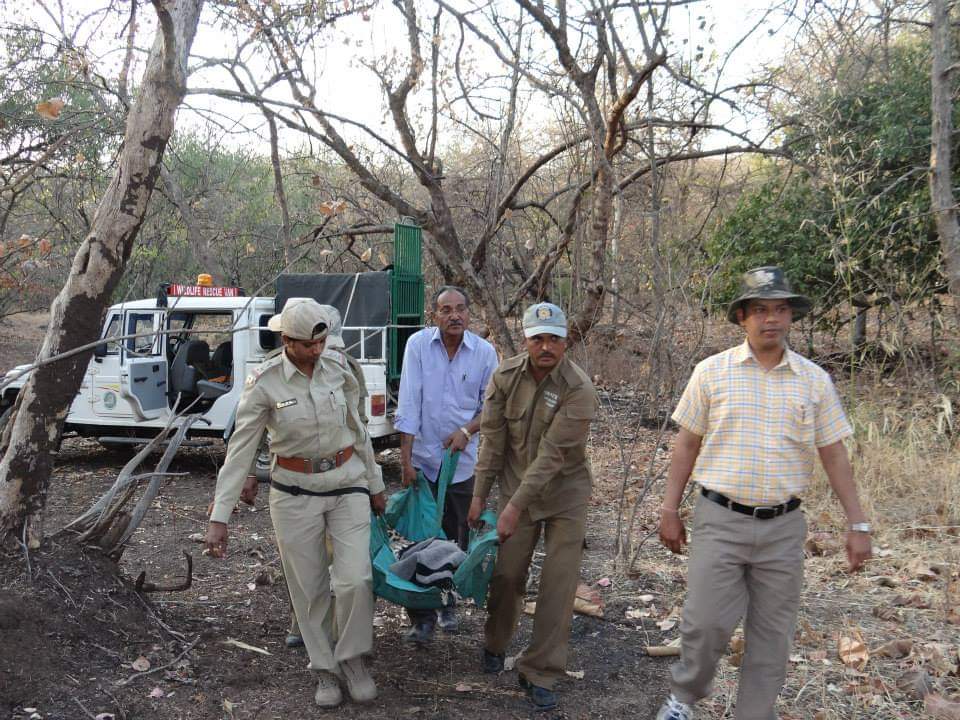
PEOPLE AT THE HEART OF CONSERVATION
According to Sandeep, conservation cannot succeed without people. During his tenure, he launched large-scale awareness and education campaigns. What began as small school-level programmes gradually expanded into a movement, reaching 7,000–8,000 schools across Gujarat. Children grew up learning about lions not as threats, but as part of their shared landscape.
He calls this the “silent pillar” of lion conservation, changing mindsets by weaving awareness into everyday life.
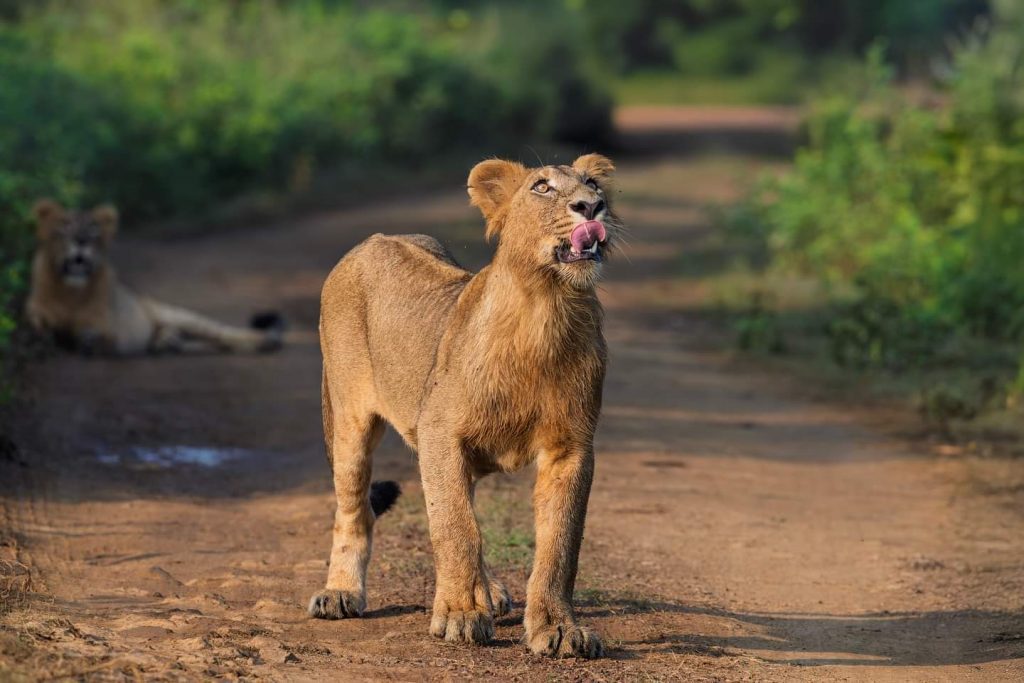
HARNESSING MODERN TECHNOLOGY
Alongside community involvement, Gir saw a surge in high-tech monitoring during his stewardship. Camera traps, radio collars, and advanced GIS-based systems replaced rudimentary ground surveys. These innovations helped track lion movements, study territorial behaviour, and respond faster to emergencies.
“Technology gave us eyes where we could not always be present. It helped us understand the lions better, but it also helped us act with precision,” he stated.
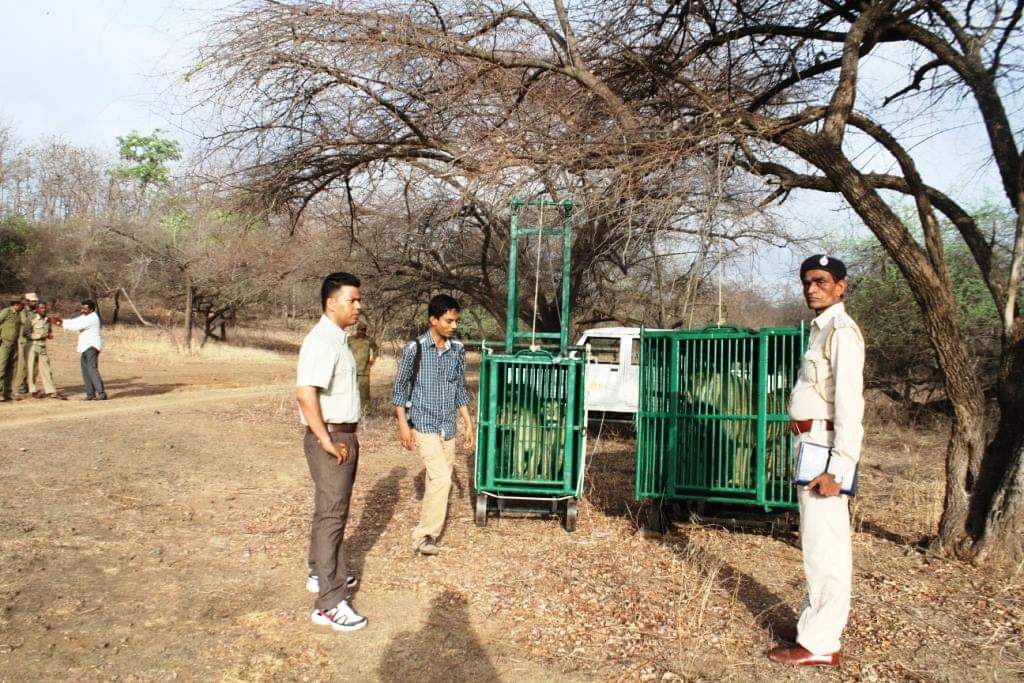
THE WATER THAT SAVED LIVES
The dry heat of Saurashtra posed another pressing challenge: water scarcity. In summers, lions and leopards often clashed when water points dried up. Earlier, nearly 70% of water holes were human-managed, requiring constant tanker supply.
Sandeep pushed for a shift. Solar and windmill-based systems gradually replaced manual water supply. The result was natural-looking, year-round water points that reduced human intervention and ensured healthier wildlife. This innovation also curbed conflict, as lions no longer had to wander into new territories searching for water.
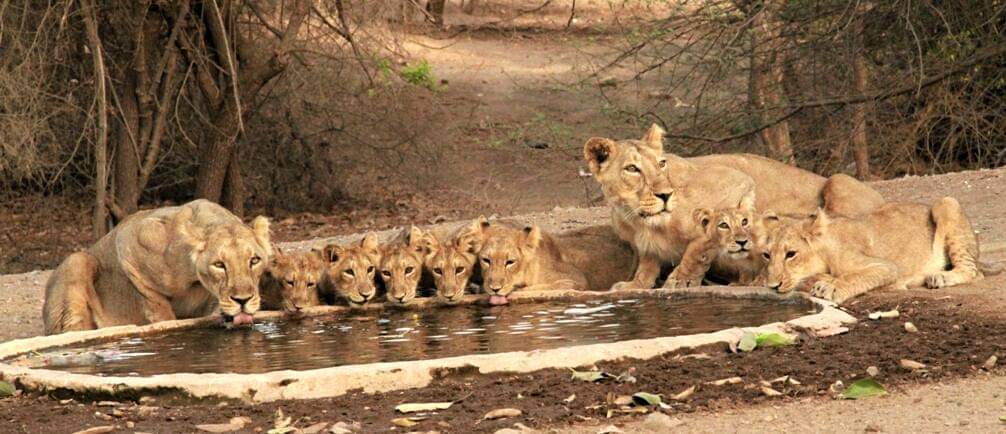
A PHILOSOPHY OF CONSERVATION
Looking back, Sandeep sees his years in Gir as a foundation for everything he has done since. The model of people’s participation, combined with modern science, became his guiding philosophy.
“If I had to sum it up, I’d say: whatever you do in conservation, do it with the people, and do it with the best technology available,” he shared with Indian Masterminds.
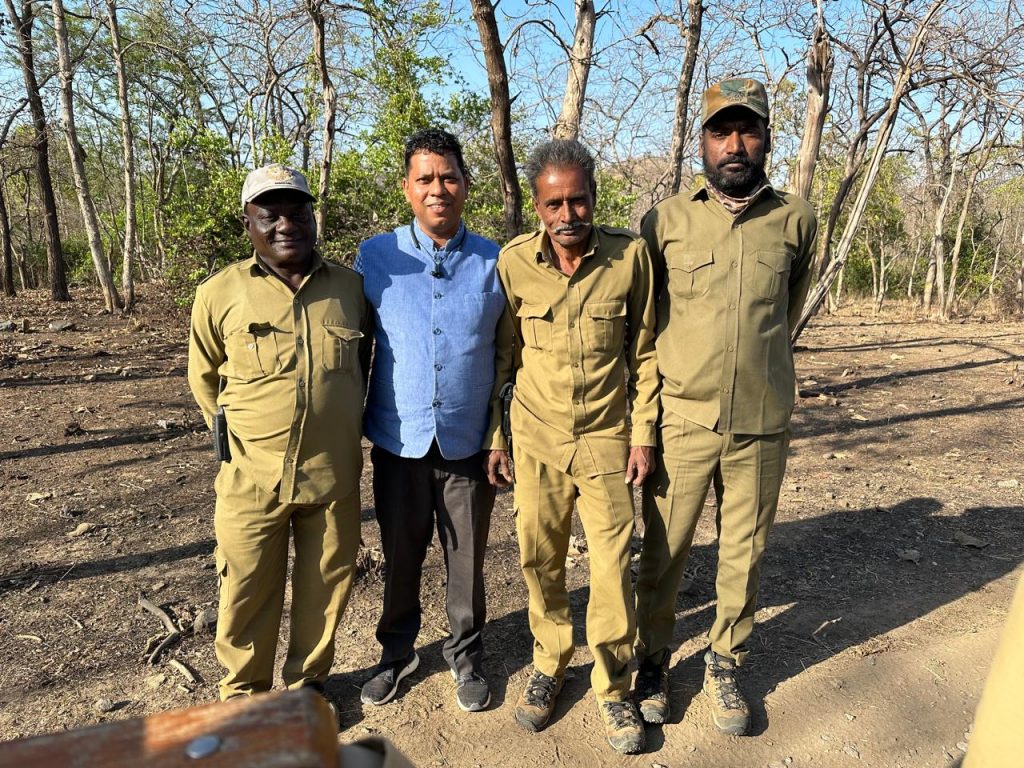
CARRYING THE LESSONS FORWARD
Today, as Chief Conservator of Forests in Kachchh, Sandeep Kumar continues to carry forward the lessons he learned in Gir. Whether it is preparing the grasslands of Banni for cheetahs, reintroducing wolves, or creating a breeding centre for caracals, the roots of his approach lie in those early days among the lions of Gir.
But the story of Gir remains closest to his heart. It was here that Sandeep Kumar learned that conservation is not just about saving animals; it is about shaping landscapes, reducing conflicts, and above all, earning the trust of the people who share their lives with wildlife.
We will learn more about his work and efforts to protect and conserve wildlife in the second part of his story.

